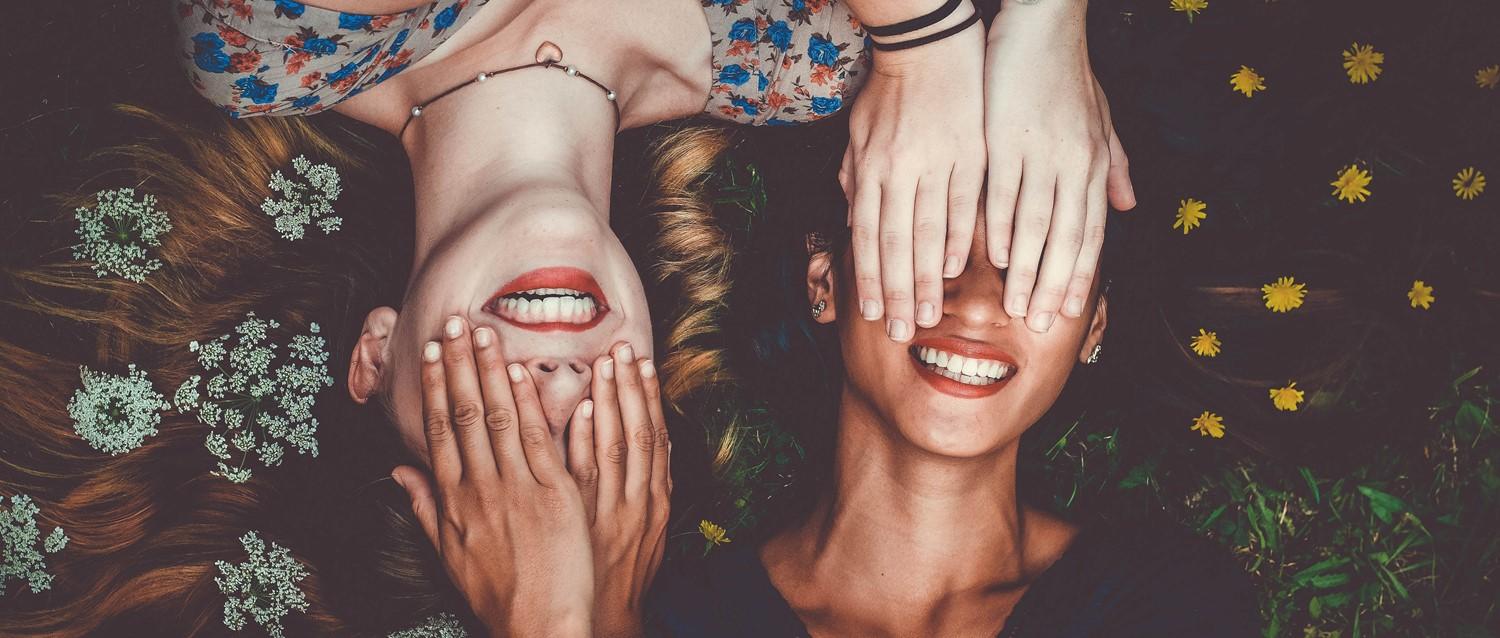
The ultimate guide to flossing
Peer reviewed by Dr Krishna Vakharia, MRCGPLast updated by Amberley DavisLast updated 21 Jun 2023
Meets Patient’s editorial guidelines
- DownloadDownload
- Share
- Language
- Discussion
Flossing is an essential part of your oral hygiene routine. It helps to dislodge food between your teeth and reduces plaque and bacteria in your mouth. Flossing is relatively simple, but important to get right to avoid damaging your teeth and gums. Here’s the ultimate guide to flossing.
In this article:
Continue reading below
What are the benefits of flossing?
Regular flossing is crucial for your oral hygiene. Without it, plaque builds up on your gum line and between your teeth - increasing your risk of gum disease and tooth decay.
Flossing keeps your mouth healthy by:
Removing food particles and plaque from areas a toothbrush can't reach - such as tight tooth gaps.
Removing more bad breath-causing bacteria than just brushing.
Removing plaque below the gum line - which erodes enamel and turns into tartar.
Reducing the risk of cavities.
Reducing the likelihood of sore, red, and swollen gums.
Preventing gingivitis and periodontitis.
Dr Sameer Patel, clinical director of Elleven Dental, says:
“Brushing only cleans three sides of your tooth - but floss and interdental brushes clean the other two sides by removing plaque and food from between your teeth and gums and stopping the build-up of plaque. This helps to prevent problems such as decay, gingivitis, tartar build up, and bad breath."
Will flossing prevent tonsil stones?
By removing excess bacteria and bits of food around your mouth, flossing may help prevent some of them from getting stuck in your throat before they harden to form tonsil stones, also called tonsilloliths. Tonsil stones can cause painful and unpleasant symptoms, such as bad breath, sore throat, and ear ache.
But while good oral hygiene can help prevent bacteria build up, it's still possible to to get tonsil stones, even with regular flossing.
How often should you floss?
You should floss once a day, according to the Centers for Disease Control and Prevention (CDC)1. While there's no such thing as flossing too much, flossing too hard can cause gum damage. So long as you learn the correct technique, this shouldn't be a worry.
Continue reading below
How to floss your teeth - 5 steps
Flossing correctly is essential for cleaning and protecting your teeth. A good flossing technique ensures you don't irritate your gums or create openings for bacteria to enter.
Follow these steps to floss your teeth correctly:
Break off around 45 centimetres (18 inches) of dental floss. Wind the floss around your middle fingers, leaving around 5 centimetres (2 inches) of floss for your teeth.
Hold the floss tight with your thumbs and index fingers.
Put the dental floss between two teeth. Begin a sliding motion that rubs the floss along both sides of your teeth. Avoid rubbing the floss on your gum line, which can cause cuts or irritation.
Curve the floss to form a C shape as you're flossing towards your gum, allowing it to get to the gaps between your teeth and gums.
Move from tooth to tooth and repeat these steps, using a new piece of floss for each tooth.
What is the best type of floss?
There's no single type of floss that's best for everyone - instead, it comes down to personal preference and any specific requirements you have.
Types of dental floss include:
Ribbon floss - waxed or unwaxed dental floss, often on a reel. It's ideal for people with tight gaps as it gets between teeth easily and offers an effective clean below the gum line.
Floss picks - a small plastic pick that holds a small piece of dental floss. Typically for people who find it difficult to floss, often due to arthritis or dexterity issues. It can also be helpful if you find traditional flossing difficult.
Dental tape - taped floss that's broader and flatter than regular dental floss, available waxed or unwaxed. Dental tape is helpful for people who have wider tooth gaps and find regular floss difficult to use.
Super floss - yarn-like flossing material with stiff sections on each end to clean around braces or dental bridges. A great solution for people with braces, bridges, and veneers.
Continue reading below
How to floss with braces
Flossing with braces is trickier as you have orthodontic wires and bars to contend with. One way to get around this is using a floss threader - a small plastic tool with a loop at the top. Thread dental floss through the loop and pass the flosser in and around your braces' components to get to your teeth. Then you can floss normally.
You can also use super floss, a string-like floss with stiff sections on either end that allow for an easier and more precise placement of floss to help you get around your braces.
How to floss under a bridge
Like braces, flossing with a bridge requires a different approach and tools. Floss threaders can also help with bridges. Pull the threader under the gap between your bridge and gum and continue flossing as normal.
There are also alternative tools, such as interdental brushes, air flossers, and water flossers - which help you clean hard-to-reach areas of your mouth.
How to floss with veneers
Flossing with veneers is the same as flossing natural teeth, only take care to be extra gentle. Some people with veneers find polytetrafluorethylene floss (PTFE) useful. This floss is less likely to fray than standard floss, helping to avoid damage, irritation, or floss becoming stuck.
How to use floss picks
There are two common types of floss picks - a curved plastic tool with a piece of dental floss attached and a soft plastic version of a traditional toothpick:
To use the curved floss pick - gently push the strand of dental floss between your teeth and move it up and down.
To use the plastic toothpick - gently push it between your teeth. The soft plastic helps prevent pain or irritation and can get into tighter gaps.
How to get stuck floss out of your teeth
Getting floss stuck in your teeth is a frustrating problem that can happen to anyone. Don't panic - here's what to do:
Do not yank at the floss or pull at it hard - this causes pain and irritation.
Let go of the floss if it's stuck and try to pull it through the gap from one end.
Failing this, lightly grasp either end of the floss and gradually wiggle it back and forth until it loosens enough to become free.
Further reading
Patient picks for Dental care

Oral and dental care
How to get over your fear of the dentist
If you're anything like me then going to the dentist is the thing you fear most in the world. Even so much as trying to phone for an appointment can leave you dry-mouthed and weak at the knees. But what exactly is it about the dentist that can trigger such fear? And how can you overcome it? We ask a dentist for his tips.
by Gemma Grange

Oral and dental care
Is teeth whitening safe?
When it comes to our teeth, many of us feel insecure about our not-so-pearly whites. If you're looking for a brighter smile, you might be exploring teeth whitening options. But is there anything we should know about the safety of teeth whitening?
by Victoria Raw
Continue reading below
Article history
The information on this page is peer reviewed by qualified clinicians.
21 Jun 2023 | Latest version
21 Jun 2023 | Originally published

Ask, share, connect.
Browse discussions, ask questions, and share experiences across hundreds of health topics.

Feeling unwell?
Assess your symptoms online for free
Sign up to the Patient newsletter
Your weekly dose of clear, trustworthy health advice - written to help you feel informed, confident and in control.
By subscribing you accept our Privacy Policy. You can unsubscribe at any time. We never sell your data.